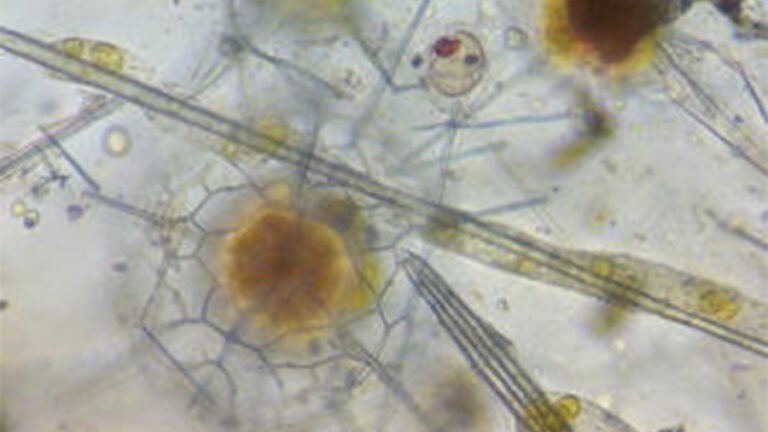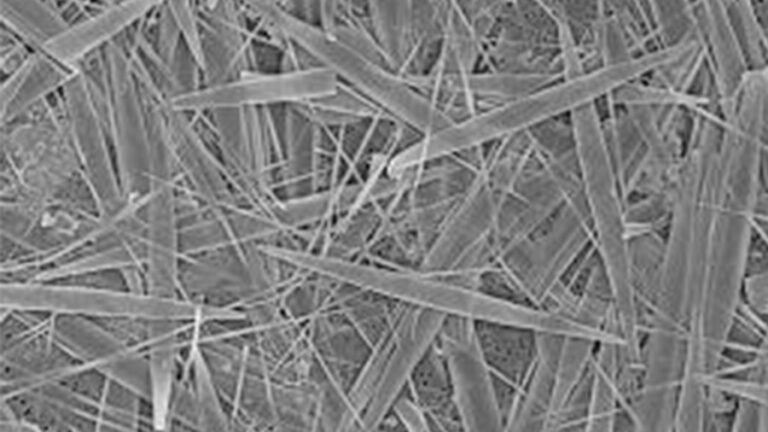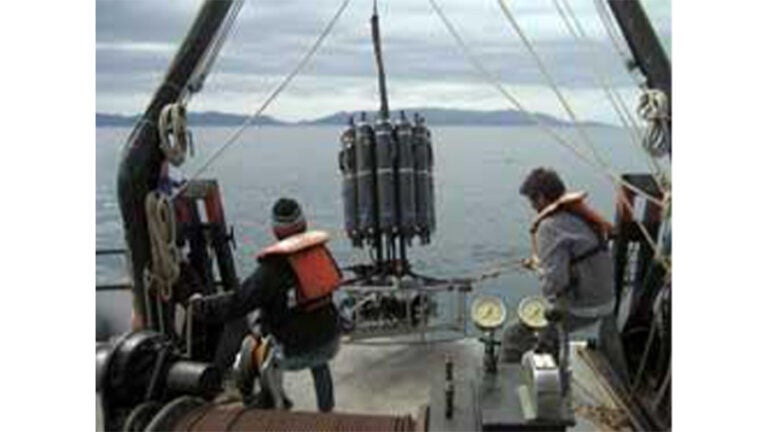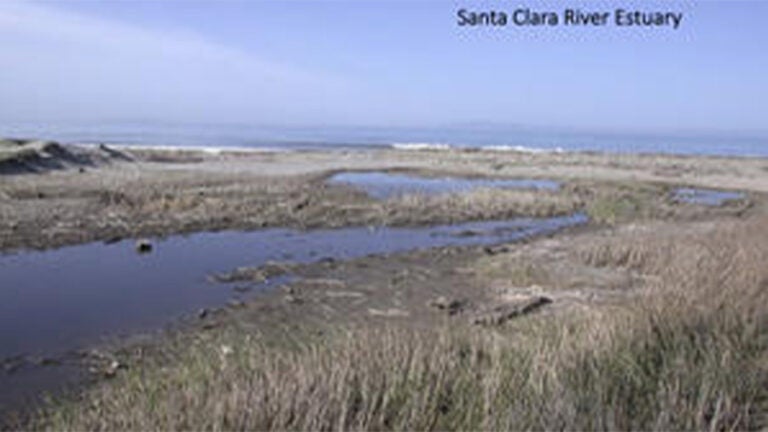Protistan Biodiversity, Trophic Activities and Biogeochemistry at Station ALOHA
This project is one component of a collaborative research effort involving a large, multidisciplinary team of scientists conducting observational measurements, experimental manipulations and mathematical modeling to understand the biology, ecology and biogeochemistry of microbial processes at an open ocean sampling station north of Oahu, Hawaii, in the North Pacific Subtropical Gyre. The Simons Collaboration on Ocean Processes and Ecology (SCOPE) is funded by the Simons Foundation. Our research within SCOPE focuses on characterizing the abundances, community diversity and trophic activities of planktonic protists.
Click HERE for more information.

Pier-Based Monitoring of Harmful Algal Blooms
This research project is an ongoing collaborative effort of several university research groups studying blooms of harmful and toxic algae along the California coast. These groups work together to provide weekly monitoring of algal community composition, and their toxins, at selected pier locations from San Diego to Santa Cruz. The USC component has carried out weekly monitoring of harmful algae, nutrients and algal toxin concentrations at Newport Pier since 2008.
See the live image data collected by the Insitu FlowCyto Bot (IFCB)
Click HERE for more information.

Pattern and Process in Marine Bacterial, Archaeal, and Protistan Biodiversity, and Effects of Human Impact
This NSF-funded project is a continuation of a long-term research project (The USC Microbial Observatory) that entails a study of the microbial diversity of the San Pedro Channel off southern California. The ultimate goal of this project is the discovery and characterization of the ecological linkages between microbial taxa (Protists, Bacteria, Archaea, Viruses) using microscopy and cutting-edge genetic analyses of the community composition and abundances of all microbes present in the water column and the trophic relationships among these species.
Click HERE for more information.

Cyanobacterial and Algal Toxins at the Land-Sea Interface along the coast of California
A major research thrust in our lab has been and continues to be the ecology of harmful algae that inhabit coastal waters along the coast of California. Toxic cyanobacteria (sometimes called blue-green algae) also inhabit many freshwater ecosystems in the region. Several recent studies have noted that cyanobacteria and their toxins can be transported far downstream from their freshwater origins to the land-sea interface, resulting in overlapping distributions of some marine and freshwater toxins. This research topic examines the algal and cyanobacterial toxins occurring in brackish and estuarine waterbodies along the U.S. west coast.
Click HERE for more information.
